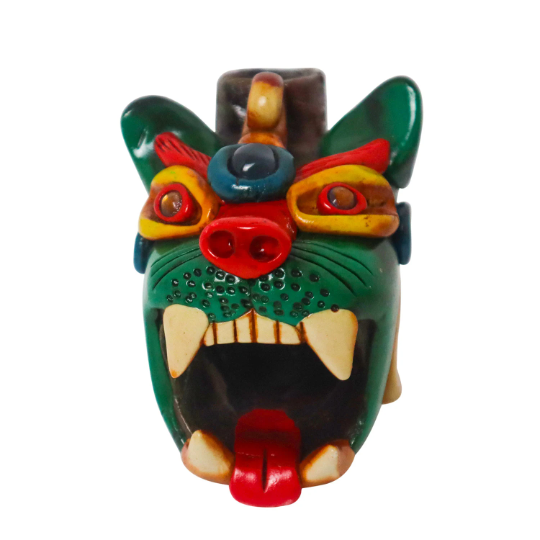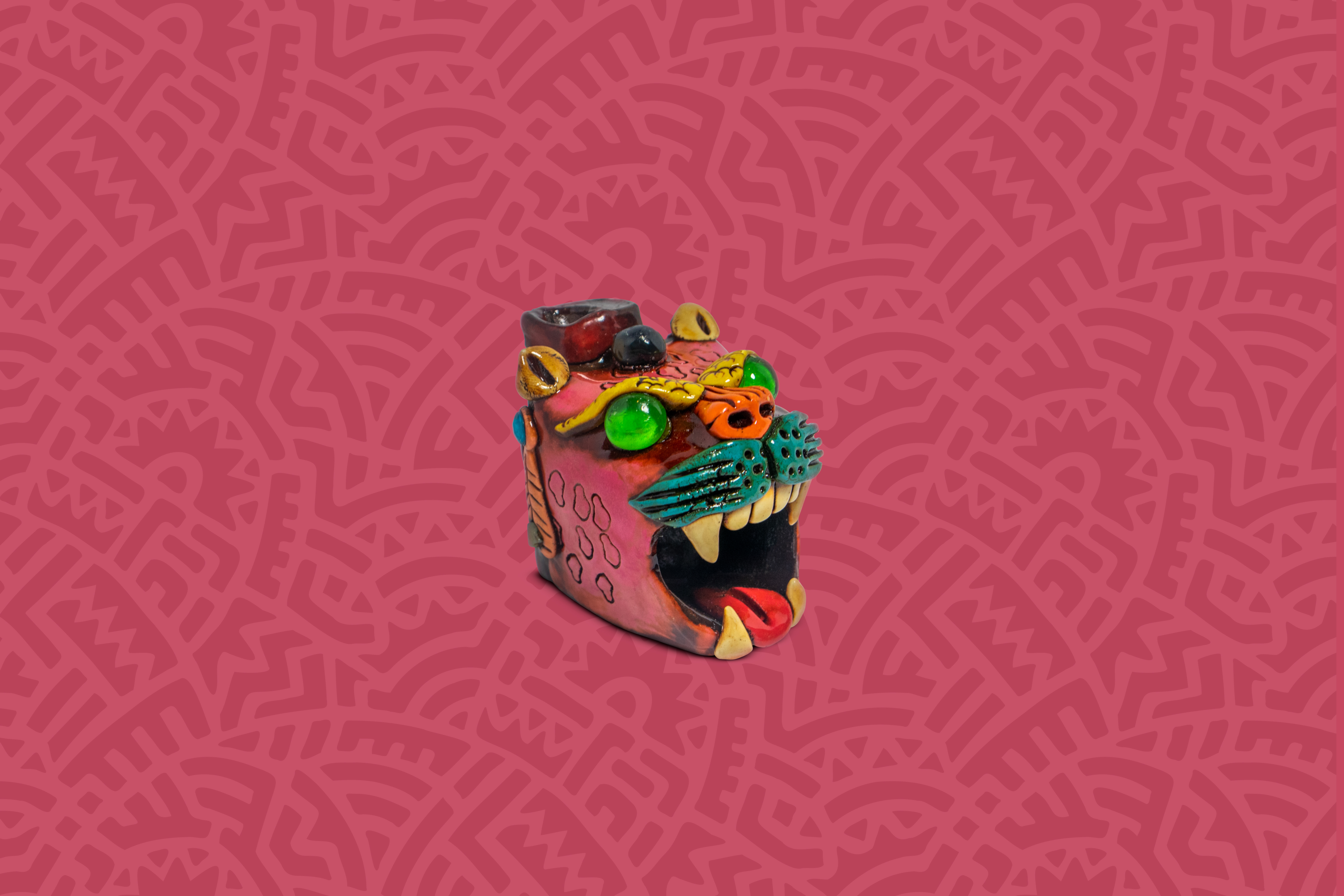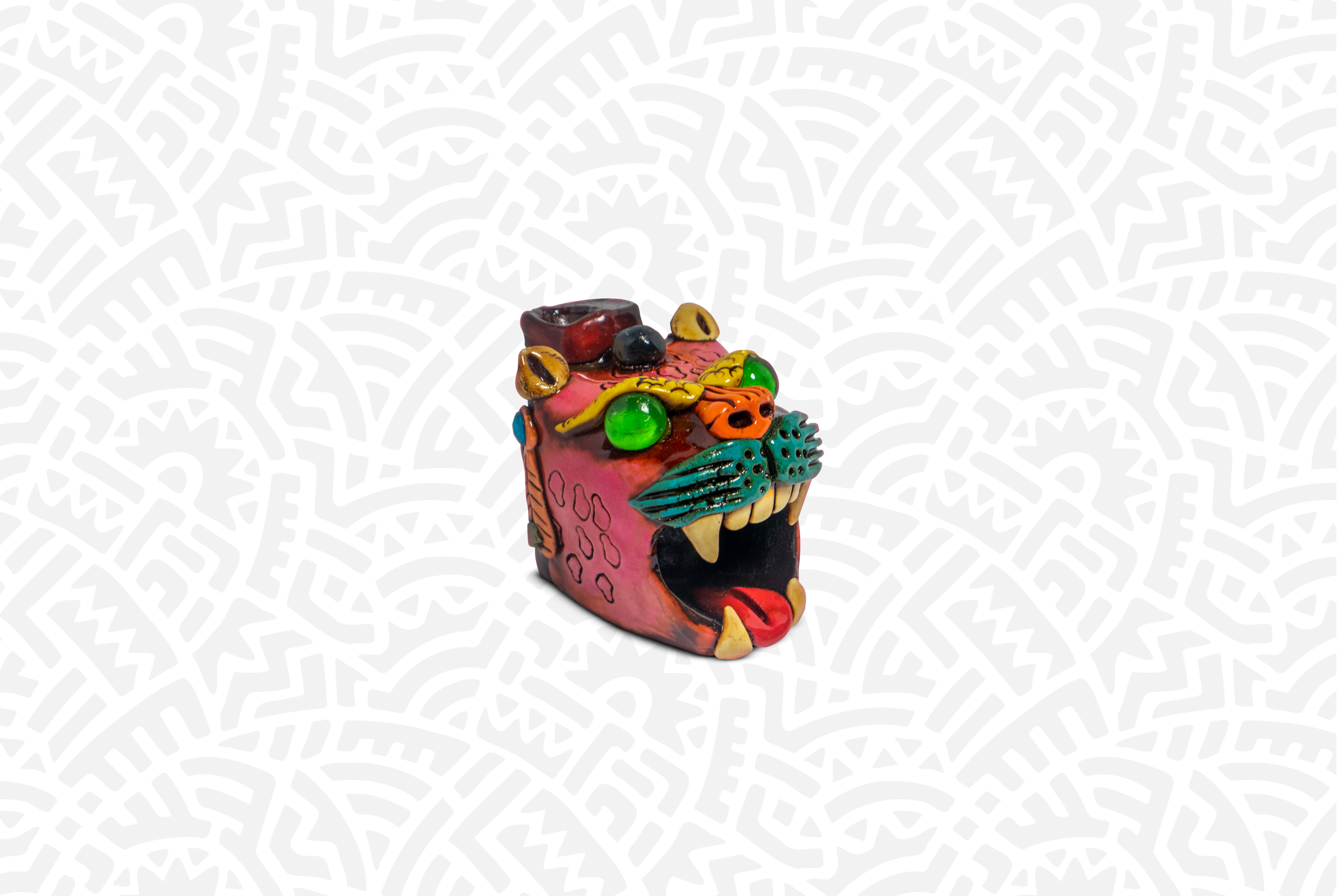Uncategorized
Aztec Death Whistle

The Aztec Death Whistle: A Unique Cultural Artifact

The Aztecs, an ancient society renowned for their grand architecture and culture, created the symbolic Death Whistle — a clay or bone instrument used as both music and ritualistic tool. This unique artifact has been passed through generations to embody the identity of Aztec civilization. So what is this powerful device that continues to captivate us all?
The Aztecs’ Death Whistle was a tool to strike fear in its enemies.
Crafted from clay and bone, they were often decorated with intricate designs that emitted an ear-piercing cry when blown into the top hole. From religious rituals to military battles, this whistle served as a haunting reminder of dread and chaos for anyone who heard it – but why did the ancient Aztecs consider it so important?
The death whistle was an integral element in Aztec culture.
Functioned both ceremonially and musically. During their sacred rituals, the sound of this eerie instrument invoked fear to evoke reverence for the powerful gods they worshiped and paid homage to with sacrifices.
The Aztecs used the death whistle
To intimidate their enemies in battle, sending a piercing and haunting sound that was said to make the enemy’s hair stand on end. It was believed that the high-pitched noise could communicate with gods and appease their wrath, not only during battles but also for rituals such as human sacrifices and traditional dances. The power of this distinctive sound was so great it convinced many adversaries that they must be fighting an army blessed by divine forces!

Aztec Death whistles is not only
a precious cultural and historical symbol that sheds light onto the Aztec culture, but it also remains relevant today. It serves as an emblem of pride for those who identify with this ancient civilization, reminding us of the important stories from long ago. The death whistle has captivated musicians and collectors alike. Modern-day artists have harnessed its unique sound, incorporating it into their musical works to reproduce a chilling yet ethereal atmosphere inspired by Aztec culture. Collectors too appreciate the death whistle for its historical importance and cultural legacy, thus making it an invaluable item in any collection.
Conclusion
The Aztec death whistle is a unique and haunting musical instrument that played an important role in Aztec culture and society. Its high-pitched and piercing sound created a sense of fear and awe during religious ceremonies, military battles, and other events. Today, the death whistle is considered a cultural artifact and is a symbol of Aztec culture and heritage. It is also an important historical artifact that provides insight into the customs and beliefs of the Aztecs. Finally, it is also a source of inspiration for modern-day musicians and collectors alike, who appreciate its unique sound and historical significance.
How Did Ancient Aztecs Use the Haunting Aztec Death Whistle?
In the streets and plazas of the modern-day city of Mexico lie the remains of the Aztec temple where humans sacrificed their gods. In the late 1990s, archeologists discovered the remains of a 20-year-old kid beheaded and lying down on one floor in front of a central courtyard. It’s amazing to discover that the skull sits on one hand holding two musical instruments. These little ceramic whistles have a menacing skull.

Frequently Asked Questions about the Aztec Death Whistle
Q: What is the Aztec death whistle?
A: Created with either clay or bone, the Aztec death whistle is a petite yet impressive musical instrument meant to induce fear. With its shrill and disquieting sound, this tube-shaped tool was frequently played during religious events as well as in military combat situations to unnerve foes.
Q: How was the death whistle used by the Aztecs?
A: The death whistle had multiple practical applications, particularly in religious ceremonies used to instill fear and veneration. Additionally, it was utilized during military skirmishes to unnerve adversaries; moreover, the sound of the whistle was considered a way of communicating with deities while also calming their anger. Furthermore, its use extended beyond these contexts into rituals such as human sacrifices or dances meant for worshiping divinities.
Q: What materials were used to make the death whistle?
A: Expertly crafted and ornately designed, the death whistle was typically composed of clay or bone..
